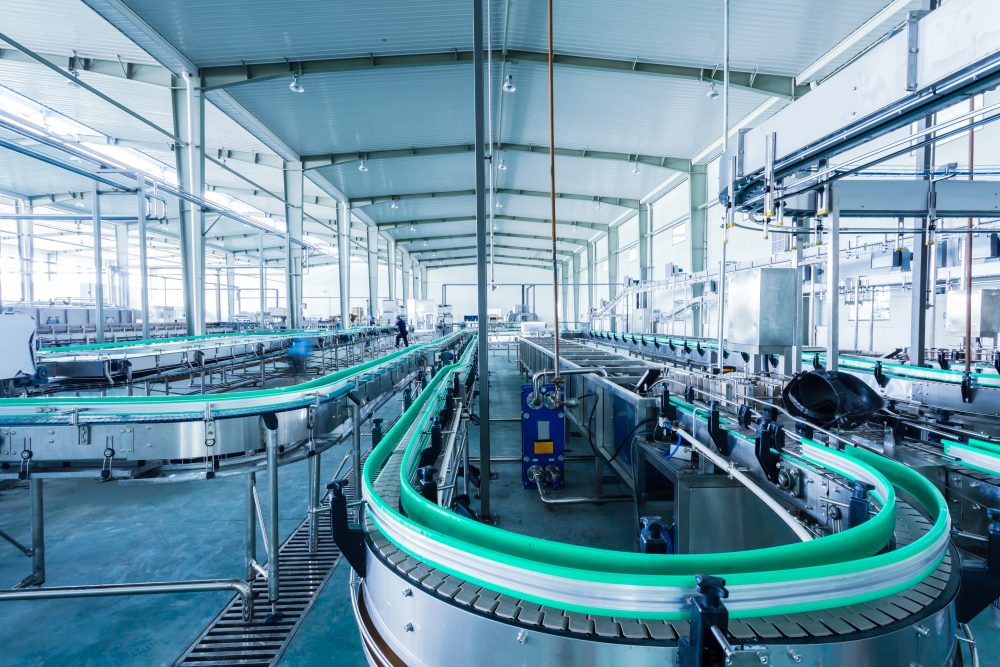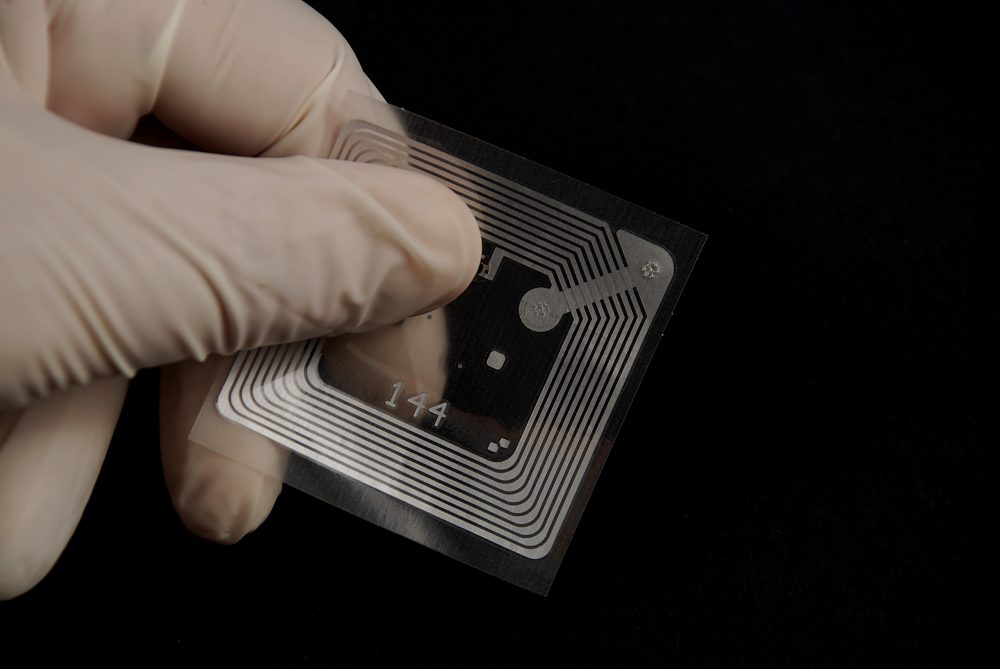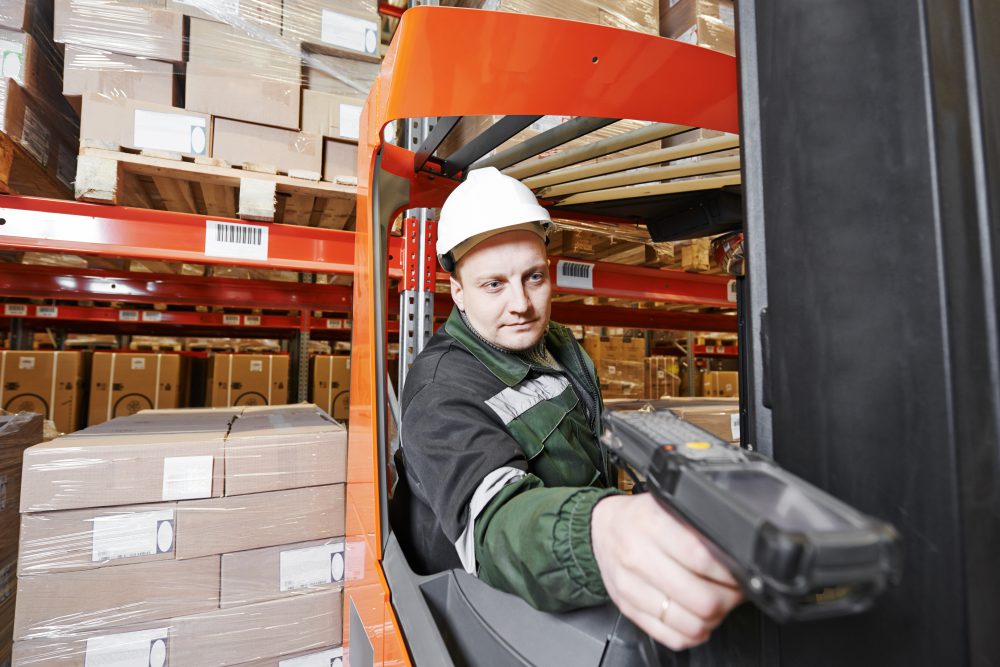IIoT Tech Could Free Up Your Facility for Essential Workers
As the coronavirus pandemic rocked the world early this year and its scope was realized in the United States, food plant operators had to adapt quickly to meet new federal and local orders that mandated social distancing. At the same time, producers saw restaurant demand plummet while retail and online grocery store market shares skyrocketed. As unpaid orders originally bound for restaurants rotted in storage, retailers had trouble keeping milk and eggs on the shelf.
This dramatic shake-up has forced food plant operators to reorganize equipment, production lines and workers to maintain safe social distancing, especially in the wake of multiple COVID-19 outbreaks among food plant employees.
Additionally, the wild fluctuations the supply chain experienced exposed vulnerabilities created by the communication lag between suppliers, manufacturers and retailers.
Industrial Internet of Things (IIoT) technology has the potential to solve some of these COVID-19-related problems and revolutionize the future of the food processing industry.
Continue Reading “IIoT Tech Could Free Up Your Facility for Essential Workers”







![AR on the Construction Site: See How Augmented Reality Benefits Builders and Owners [VIDEO]](https://stellarfoodforthought.net/wp-content/uploads/2019/04/AR-on-the-Construction-Site_-See-How-Augmented-Reality-Benefits-Builders-and-Owners-VIDEO.png)